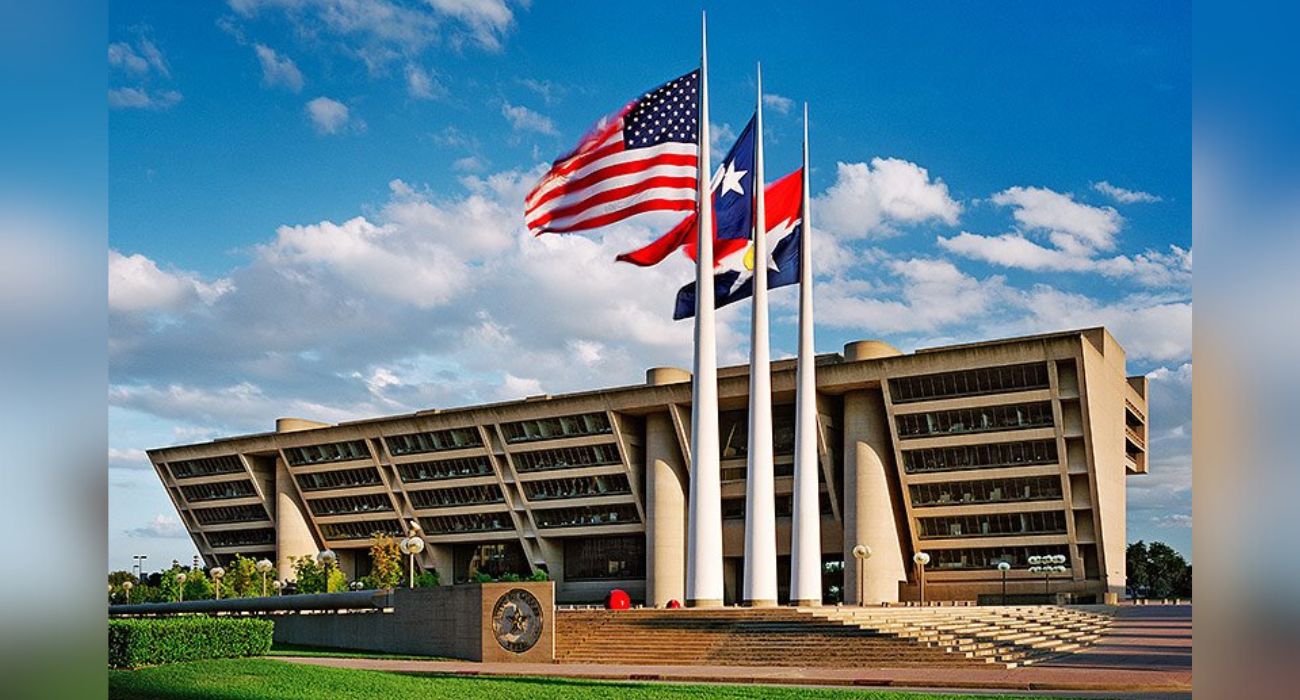North Texas is one of the fastest-growing metro areas in the country, with the region’s population projected to grow by nearly 1 million residents over the next five years, according to a new study by Site Selection Group.
In total, the DFW metroplex is forecast to grow from 7,805,459 residents in 2023 to 8,479,851 million total residents in 2028, marking a nearly 9% increase over the next half-decade. This places the Dallas-Fort Worth-Arlington region as the country’s fifth fastest-growing large metro area.
The first and second-ranked metro areas are also located in Texas. The Austin-Round Rock-Georgetown metro area ranks No.1, with a forecasted growth rate of 13.55% over the next five years. Meanwhile, the Houston-The Woodlands-Sugar Land metro area ranks No. 2 and has a projected growth rate of 9.62%, data show.
“Most population growth is occurring across the Sun Belt. Specific to the large metro areas, eight of the top 10 growth markets are located within the Sun Belt (Florida, North Carolina, Tennessee, and Texas),” the study’s author said. “Similarly, many of the high-growth metro areas with smaller and mid-sized populations are located within the Sun Belt.”
Although population growth does not guarantee success in hiring and retaining employees, Site Selection Group said it provides “validation that labor conditions could be trending in a more favorable direction.”
In many ways, the DFW metroplex is already a success and is only expected to keep growing as more companies and out-of-state residents relocate to Texas for better economic opportunities.
“The future belongs to Texas,” according to a June 2023 analysis by moving services platform moveBuddha.
The three largest U.S. cities by 2100 will be Dallas, with a population size of 33.91 million; Houston, with a population size of 31.38 million; and Austin, with a population size of 22.29 million, according to moveBuddha’s report.
Despite being forecast to be the most populated city in the U.S. by 2100, Dallas previously lost thousands of residents and has yet to fully recover, as The Dallas Express reported.
Further, growing at such a fast pace could be a challenge if the City’s building permit department can’t overcome its extended development timelines. Turnaround times have been a regular issue under Dallas City Manager T.C. Broadnax, with developers experiencing expensive multi-month delays depending on the scope of the project.
In June, single-family permit activity reached its lowest level since 2020. Dallas will likely need to address some of these permitting process woes if it hopes to maximize its growth potential over the next several decades and keep up with the rest of the DFW metroplex and other competing metros.
To predict the top 10 U.S. metropolitan areas by the year 2100, moveBuddha applied 2010-2020 Census growth rates and then projected that rate over the next 77 years.
In the Site Selection Group study, the Dallas-based “global location advisory” services provider identified the top metro areas with the highest projected growth rate over the next five years and categorized them into three groups based on overall population size. Large metro areas have a population of over 1 million people, mid-size metro areas have 500,000 to 999,999, and small metro areas have 250,000 to 499,999.
The top 10 large metro areas with the highest five-year projected growth were:
No.1 – Austin-Round Rock-Georgetown
No.2 – Houston-The Woodlands-Sugar Land
No.3 – Nashville-Davidson-Murfreesboro-Franklin, Tennessee
No.4 – Raleigh-Durham, North Carolina
No.5 – Dallas-Fort Worth-Arlington
No.6 – Orlando-Kissimmee-Sanford, Florida
No.7 – Salt Lake City, Utah
No.8 – Charlotte-Concord-Gastonia, North Carolina-South Carolina
No.9 – Jacksonville, Florida
No.10 – Seattle-Tacoma-Bellevue, Washington






